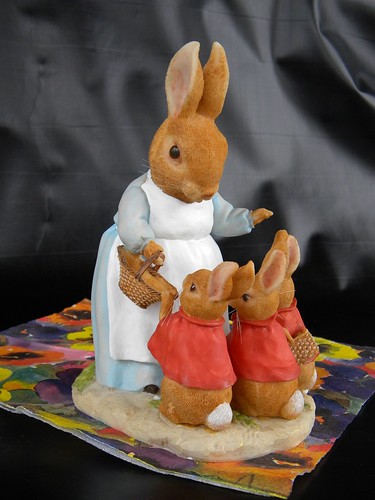Are you writing from all five senses...or just one? It's standard to describe what your characters are seeing, but there's a lot more to living life than that. If you really want to immerse your readers in your world, you're going to have to let them know what it's like to be there. You're going to have to write from all five senses.
The Five Senses
Many book characters have all five senses, but how often do writers acknowledge that? To make your writing really descriptive, you've got to write from all five of those senses and really make every page come alive for your readers.
- Sight
The easiest sense to capture in print is sight. It's standard to describe what your characters look like, where they are, everything they can see. It's so common to focus on the sense of sight, in fact, that you might end up neglecting the other senses -- which are just as important.
- Sound
The sense of sound is often captured in books in dialogue. Everything the characters are saying is essential to any story, but the world is filled with other sounds as well. If you've got a character riding around in a hybrid car, for example, it's not going to have the deep, throaty roar of a '70s-era Chevy, is it? Your character might hear ringtones when their cell goes off, or special chimes when they get a text. Don't always tell me that someone is laughing -- tell me what their laugh sounds like. Is it low-pitched and soft or loud and grating? When that character talks, is their voice smooth and melodic or abrasive and whiny? Sound is an important sense, and it can lend a lot to any story.
- Smell
I always crave potatoes if I smell french fries, and I can always tell when someone is cutting the grass outside because I get the urge to go to the park. Smell is one of the most important senses and one of the most under-valued. Certain smells can trigger memory and emotion, and some scents may be indelibly linked to an individual that you know. Baby powder, for example, conjures up images of sweet-faced, clean toddlers. Don't neglect this sense in your book. Love interests might smell a little nicer than other people; villains might have bad breath; the house on the corner that always smells like bread might be a favorite place. Adding certain scents to your story will make it all the richer, and all the more real.
- Touch
Ever shaken someone's hand and noticed they have very rough skin? How about someone with smooth skin? The sense of touch is extremely evocative, and it provokes a lot of feelings and sensations, thoughts and desires. If your characters don't have a sense of touch, they're not fully three-dimensional. Slipping into a silk robe, for example, might feel like Heaven -- or it might make your character feel sweaty and strange. Skin is the largest organ, and it's something everyone's got, so your characters should certainly have a sense of touch.
- Taste
Have you ever eaten alligator? I don't know where you're from; maybe it's common where you're at. But I've never tasted it, so if I'm reading a book where someone's eating it I'm definitely going to wonder. Sense of taste is essential in books, though many authors forget that it even exists. Don't tell me what people are eating and drinking, because I might not even recognize what it is. Tell me about the texture, the flavors, and put it in a context that I can understand. If you don't happen to know what alligator tastes like but you want to write about it anyway, you're in luck -- you can simply research it, and find out from people who have eaten it firsthand.
The Sixth Sense
It's not easy to write from all five senses, but it is easy to write from the sixth. Intuition and intangible feelings are described all the time in books -- maybe too much. Unless your characters are intentionally psychic, if they're "sensing" everything seemingly at random, this might be a sign that you're neglecting the five main senses. Why does your character feel frightened? Why doesn't your character like the dinner? Why is that outfit uncomfortable? If I'm asking questions like this when I'm reading your work, it's because you're neglecting your senses.




























